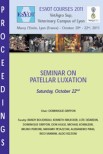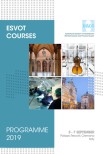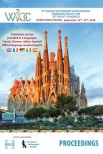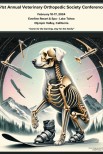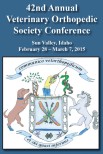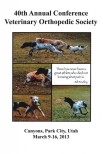Objective: To evaluate the impact of postoperative radiographs on treatment decisions for skeletally immature dogs undergoing repair of a fractured humeral condyle.
Study design: Retrospective observational multicenter study.
Sample population: A total of 139 dogs (<12 months of age).
Methods: Medical records of dogs who underwent humeral condylar fracture repair were retrieved and analyzed. Data collected included dog's signalment, fixation method, reported client's concerns, follow-up clinical examination findings, radiographic assessment, and any documented changes to the postoperative plan.
Results: Out of the 139 cases, 23 dogs (17%) required a change in their postoperative plan. Owner concerns (OR: 7.6), prolonged use of analgesic drugs (OR: 7.9), presence of lameness (OR: 5.9), abnormal clinical findings at the time of follow-up examination (OR: 44.8) and radiographic abnormalities (OR: 51.9) significantly increased the likelihood of a change in the postoperative plan. Most importantly, none of these postoperative plan changes were solely attributed to radiographic abnormalities at the time of the follow-up examination.
Conclusion: Follow-up radiographs did not influence the postoperative management plan in cases where clients reported no concerns, the dogs did not require prolonged analgesic treatment, showed no lameness on examination, and had unremarkable clinical findings CLINICAL SIGNIFICANCE: In the absence of client concerns, prolonged use of analgesic drugs, lameness on examination, and clinical abnormalities, the necessity of follow-up radiographs in immature dogs that underwent humeral condylar fracture repair is debatable.
